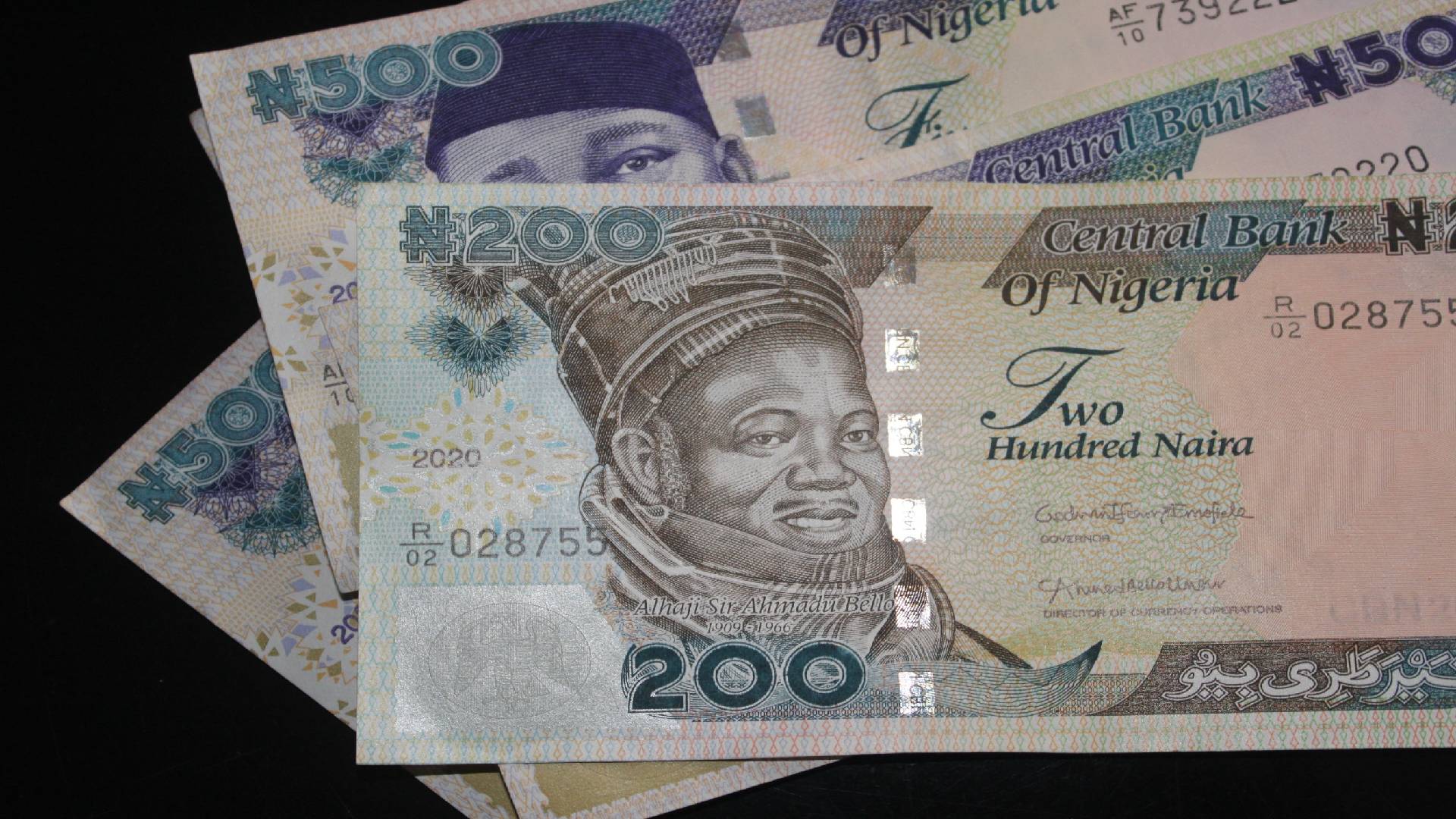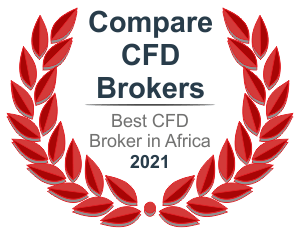 Long term trading inevitably involves losses and no trader can have 100% winning trades all the time. To succeed as a trader, the size of your potential losses needs to make sense compared to the original profit potential on each new position. Without a disciplined attitude to risk and reward, it is easy to fall into the trap of holding losing positions for too long. The techniques which help cut down losses and protect a trader’s account from losing all of his or her money are called risk management and money management. Investing without those techniques can be simply called “gambling”. It means that a well designed Trading risk and money management strategies are an absolute must for anyone looking to trade successfully. How do the risk management and money management in trading work? What are the best techniques and tips? What is the difference between those terms? Let’s find out below:
Long term trading inevitably involves losses and no trader can have 100% winning trades all the time. To succeed as a trader, the size of your potential losses needs to make sense compared to the original profit potential on each new position. Without a disciplined attitude to risk and reward, it is easy to fall into the trap of holding losing positions for too long. The techniques which help cut down losses and protect a trader’s account from losing all of his or her money are called risk management and money management. Investing without those techniques can be simply called “gambling”. It means that a well designed Trading risk and money management strategies are an absolute must for anyone looking to trade successfully. How do the risk management and money management in trading work? What are the best techniques and tips? What is the difference between those terms? Let’s find out below:
Trading risk management explained
What is the risk management definition? In the financial world, risk management is the process of identification, analysis, and acceptance or mitigation of uncertainty in investment decisions. Essentially, risk management occurs when an investor or fund manager analyzes and attempts to quantify the potential for losses in an investment, such as a moral hazard, and then takes the appropriate action (or inaction) given the fund’s investment objectives and risk tolerance.
Risk is inseparable from return. Every investment involves some degree of risk, which is considered close to zero in the case of a U.S. T-bill or very high for something such as emerging-market equities or real estate in highly inflationary markets. Risk is quantifiable both in absolute and in relative terms. A solid understanding of risk in its different forms can help investors to better understand the opportunities, trade-offs, and costs involved with different investment approaches.
Risk management occurs everywhere in the realm of finance. It occurs when an investor buys US Treasury bonds over corporate bonds, when a fund manager hedges his currency exposure with currency derivatives, and when a bank performs a credit check on an individual before issuing a personal line of credit. Stockbrokers use financial instruments like options and futures, and money managers use strategies like portfolio diversification, asset allocation and position sizing to mitigate or effectively manage risk.
Inadequate risk management can result in severe consequences for companies, individuals, and the economy. For example, the subprime mortgage meltdown in 2007 that helped trigger the Great Recession stemmed from bad risk-management decisions, such as lenders who extended mortgages to individuals with poor credit; investment firms who bought, packaged, and resold these mortgages; and funds that invested excessively in the repackaged, but still risky, mortgage-backed securities (MBS).
Trading risk management guide
We tend to think of “risk” in predominantly negative terms. However, in the investment world, risk is necessary and inseparable from desirable performance. A common definition of investment risk is a deviation from an expected outcome. We can express this deviation in absolute terms or relative to something else, like a market benchmark.
While that deviation may be positive or negative, investment professionals generally accept the idea that such deviation implies some degree of the intended outcome for your investments. Thus to achieve higher returns one expects to accept the more risk. It is also a generally accepted idea that increased risk comes in the form of increased volatility. While investment professionals constantly seek, and occasionally find, ways to reduce such volatility, there is no clear agreement among them on how this is best to be done.
How much volatility an investor should accept depends entirely on the individual investor’s tolerance for risk, or in the case of an investment professional, how much tolerance their investment objectives allow. One of the most commonly used absolute risk metrics is standard deviation, a statistical measure of dispersion around a central tendency. You look at the average return of an investment and then find its average standard deviation over the same time period. Normal distributions (the familiar bell-shaped curve) dictate that the expected return of the investment is likely to be one standard deviation from the average 67% of the time and two standard deviations from the average deviation 95% of the time. This helps investors evaluate risk numerically. If they believe that they can tolerate the risk, financially and emotionally, they invest.
Trading money management guide
Money management, on the other hand, is involved in managing your money in a safe and effective manner, in order to grow your trading account effectively and strategically over time. To properly manage your money, you would need a ‘system’ or ‘formula’ that will enable you to decide your position size. In other words, it’s about how much money to trade for every single trade you are thinking of executing. Having a system in place will then allow you to take the emotions out of trading as well as reduce risky intentions in using ‘instincts’ or ‘gut feelings’ to make financial decisions.
Like dieting and working out, money management is something that most traders pay lip service to, but few practice in real life. The reason is simple: just like eating healthy and staying fit, money management can seem like a burdensome, unpleasant activity. It forces traders to constantly monitor their positions and to take necessary losses, and few people like to do that. However, it is proven that loss-taking is crucial to long-term trading success.
Although most traders are familiar with it, they just tend to ignore that fact. Trading books are littered with stories of traders losing one, two, even five years’ worth of profits in a single trade gone terribly wrong. Typically, the runaway loss is a result of sloppy money management, with no hard stops and lots of average downs into the longs and average ups into the shorts. Above all, the runaway loss is due simply to a loss of discipline.
Money management rules in trading
Most traders begin their trading career, whether consciously or subconsciously, visualizing “The Big One” – the one trade that will make them millions and allow them to retire young and live carefree for the rest of their lives. In trading, this fantasy is further reinforced by the folklore of the markets. Who can forget the time that George Soros “broke the Bank of England” by shorting the pound and walked away with a cool $1-billion profit in a single day? But the cold hard truth for most retail traders is that, instead of experiencing the “Big Win”, most traders fall victim to just one “Big Loss” that can knock them out of the game forever.
Traders can avoid this fate by controlling their losses through proper money management. Generally speaking, there are two successful ways of it A trader can take many frequent small stops and try to harvest profits from the few large winning trades, or a trader can choose to go for many small squirrel-like gains and take infrequent but large stops in the hope the many small profits will outweigh the few large losses. The first method generates many minor instances of psychological pain, but it produces a few major moments of ecstasy. On the other hand, the second strategy offers many minor instances of joy, but at the expense of experiencing a few very nasty psychological hits. With this wide-stop approach, it is not unusual to lose a week or even a month’s worth of profits in one or two trades.
To a large extent, the method you choose depends on your personality; it is part of the process of discovery for each trader. One of the great benefits of the currencies market is that it can accommodate both styles equally, without any additional cost to the retail trader. Since trading is a spread-based market, the cost of each transaction is the same, regardless of the size of any given trader’s position.
What is the difference between money management and risk management?
Most importantly, money management is subjective while risk management is objective. Money management involves deciding how large a position to take on trade entry, how to scale into or out of a position, etc. It also involves setting aside enough capital that you can make more than a few mistakes and still not collapse. Sometimes it involves averaging in when price goes against you, other times it involves taking profit on part of a position and keeping the rest of the position in case you have a “runner”. Done well, money management can amplify the value of your entry/exit signals.
Risk management is an objective measure used in trading. It involves statistical models for such metrics as value at risk, conditional value at risk and many others. Risk managers at banks, hedge funds or brokers will estimate portfolio risk across instruments to comply with financial regulations, and to reduce the chance that they’ll be exposed to deep losses in case of a big event in the market. They will also look at subjective things like counterparty risk, technical risk, model misspecification risk, etc. In this sense, risk management attempts to manage all the material risks a fund faces.








